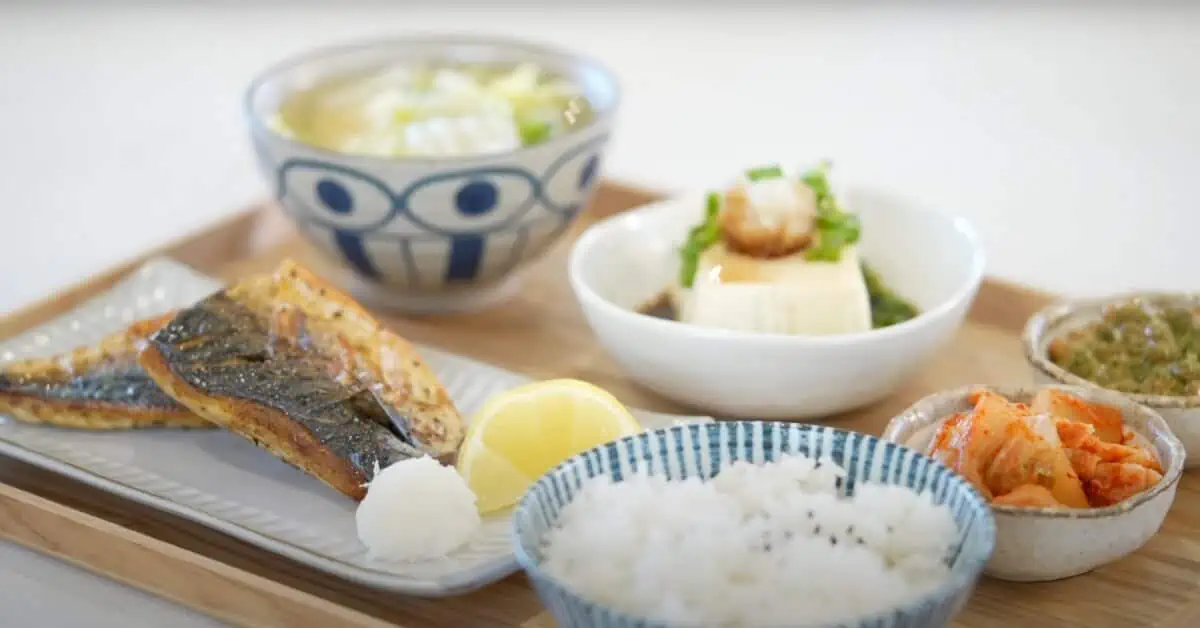Tempura Made Easy: Light & Crispy Perfection

Tempura is one of Japan’s most beloved dishes — known for its delicate, crisp coating and irresistible lightness. Whether it’s shrimp, sweet potato, or green beans, the magic of tempura lies in the contrast between the crunchy outer layer and the tender ingredients inside. While it might look complex, making authentic tempura at home is surprisingly simple once you understand a few essential techniques.
This guide will help you master the art of making tempura at home, ensuring that each bite is perfectly airy and golden. From choosing the right ingredients to mixing the batter just right, we’ll walk you through each step of creating a restaurant-quality tempura experience in your own kitchen.
What Is Tempura?
Tempura refers to ingredients that are coated in a thin batter and deep-fried until crispy. The dish was introduced to Japan by Portuguese missionaries in the 16th century but quickly became part of traditional Japanese cuisine. Today, tempura is enjoyed in restaurants, bento boxes, and home kitchens alike — often served with rice, noodles, or dipping sauce known as tentsuyu.
Key Ingredients for Perfect Tempura
The secret to great tempura starts with selecting the right ingredients and using proper proportions. Below are the essentials you’ll need for classic shrimp and vegetable tempura.
- Shrimp: Medium to large shrimp, peeled and deveined, with tails left on for presentation.
- Vegetables: Try sweet potatoes, eggplant, bell peppers, green beans, or mushrooms — sliced thin for even frying.
- Flour: All-purpose flour is standard, but low-gluten flour makes the coating lighter.
- Egg: Used to help bind the batter and add a bit of richness.
- Cold Water: Ice-cold water is essential for a light, crisp texture.
- Oil: Neutral oils like vegetable or canola oil are best for frying without overpowering the flavor.
The Art of the Batter
The batter is what makes or breaks tempura. It should be mixed gently — almost lazily — to keep air bubbles intact. Overmixing causes gluten to form, resulting in a heavy coating instead of a delicate crunch.
The ideal tempura batter ratio is one cup of flour to one cup of ice-cold water, plus a lightly beaten egg. Some cooks prefer to sift the flour or even add a spoonful of cornstarch for extra crispiness. Always mix the batter just before frying — it should still have small lumps, not be completely smooth.
Preparing the Ingredients
Preparation is key. Make sure all your ingredients are dry before dipping them in batter. Excess moisture can cause splattering and ruin the crisp texture. For shrimp, make small cuts on the underside to prevent them from curling while frying. Vegetables should be sliced evenly so they cook at the same rate.
Frying Techniques
Temperature control is the most important part of frying tempura. The oil should stay around 170–180°C (340–360°F). If it’s too hot, the coating burns before the inside cooks; too cold, and the batter absorbs oil, becoming greasy.
Test the oil by dropping a bit of batter into it — if it sinks slightly and then rises immediately, the oil is ready. Dip each ingredient into the batter just before frying, then gently place it in the oil. Fry in small batches so the temperature stays consistent.
Tips for Light and Crispy Results
- Use ice-cold water in your batter — colder water makes the coating lighter.
- Don’t overmix the batter; a few lumps are fine.
- Keep ingredients dry before dipping to prevent sogginess.
- Fry in small batches to maintain oil temperature.
- Drain on a wire rack instead of paper towels for a crisp finish.
Making Tempura Dipping Sauce (Tentsuyu)
Tempura is traditionally served with a dipping sauce called tentsuyu. It’s light, savory, and enhances the delicate flavor of the fried coating without overpowering it. You can make it easily at home:
- 1 cup dashi (Japanese soup stock)
- 3 tablespoons soy sauce
- 2 tablespoons mirin (sweet rice wine)
- Grated daikon radish (optional, for serving)
Combine the dashi, soy sauce, and mirin in a small pan, then bring it just to a simmer. Pour into small bowls and serve warm alongside your tempura. The sauce adds a mild umami flavor that perfectly complements the crisp coating.
Serving Tempura
In Japan, tempura is often served with rice or noodles like soba or udon. It can also be a part of a tempura donburi (rice bowl topped with tempura and sauce). When serving at home, arrange the pieces neatly on a plate with a small bowl of dipping sauce on the side. A sprinkle of salt or a squeeze of lemon also brings out the delicate flavor.
Variations and Modern Twists
While shrimp and vegetables are traditional, modern Japanese home cooks love experimenting. You can try:
- Chicken Tempura: Lightly battered strips of chicken breast.
- Seafood Mix: Squid rings or white fish fillets.
- Vegetarian Tempura: Lotus root, pumpkin, or asparagus.
- Fusion Style: Even mushrooms or herbs like shiso leaves make elegant tempura snacks.
Conclusion
Making tempura at home might seem like a challenge, but with the right preparation and a few easy techniques, you can create the same light, crispy perfection found in Japan’s finest tempura restaurants. The key lies in simplicity — cold batter, proper oil temperature, and attention to timing.
Once you master the basics, you can adapt the recipe with your favorite ingredients or try new sauces and side dishes. Tempura isn’t just about frying — it’s about balance, texture, and respect for fresh ingredients. Whether enjoyed on a weeknight or as part of a special meal, homemade tempura brings authentic Japanese flavor right to your table.
For more authentic Japanese recipes and cooking inspiration, explore more articles on OishiPlates.